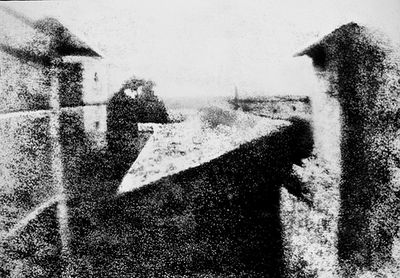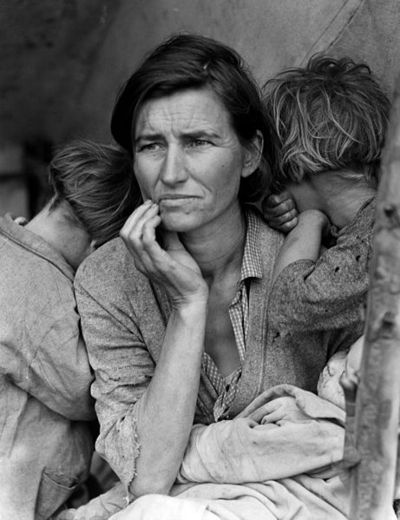Chapter 8: Tonal Scale
Download Materials for Chapter 8
Click here to download chapter 8 work files
You will need the chapter 8 work files to complete this chapter’s exercises.
When evaluating photographic images, in color or grayscale, the range of tones should be taken into consideration. The tonal scale in an image encompasses the changes in value from black to white. Unless the aim of the image-maker is to produce a low key (dramatically dark) or high key (exceptionally light) image, the file and resulting print should include image details in the shadow and highlight areas.
Common problems that are addressed by adjusting the tonal scale are as follows:
- The image is too hot when the white areas are “blown out”, meaning there are no image details in the highlights.
- The image is murky when there is not enough contrast between the darkest black value and the lightest white value.
- The image displays a colorcast when there is evidence of a hue in areas that should be neutral gray or white.
- The middle gray area of the image is too dark or too light, which usually corresponds (especially) to skin tones being too dark or light.
In this first recorded photograph, shown below, the exposure time was 8 hours! Notice the limited tonal scale due to such high contrast among the dark and light values.

This next photograph was commissioned by the Farm Security Administration (FSA). Florence Owens Thompson looks towards the future with worry, as her children bury their heads into her shoulders. The FSA was part of The New Deal, a set of programs initiated by Franklin Delano Roosevelt to stimulate and revitalize weak economies from 1933 – 1938. The FSA hired photographers, such as Lange, Walker Evans and Marion Post Wolcott to document America after the Great Depression. Notice how the range of tonal values expresses the details in Florence’s face and the blanket on her lap.


